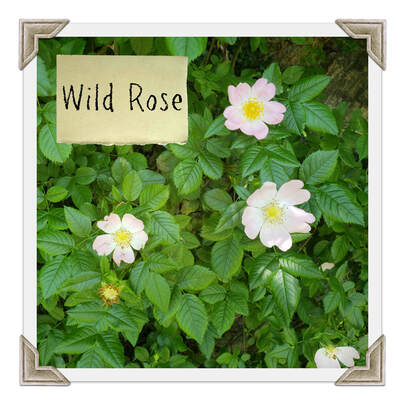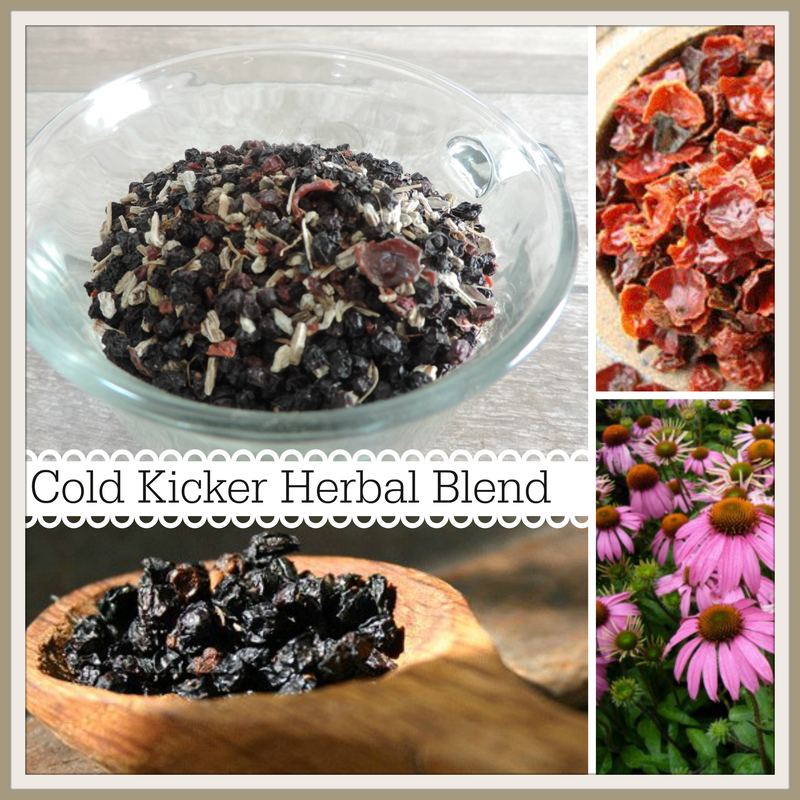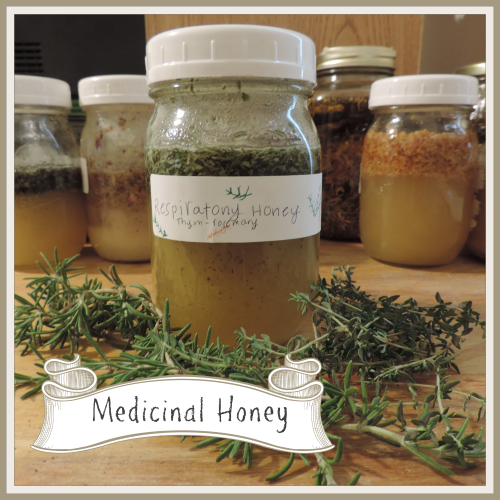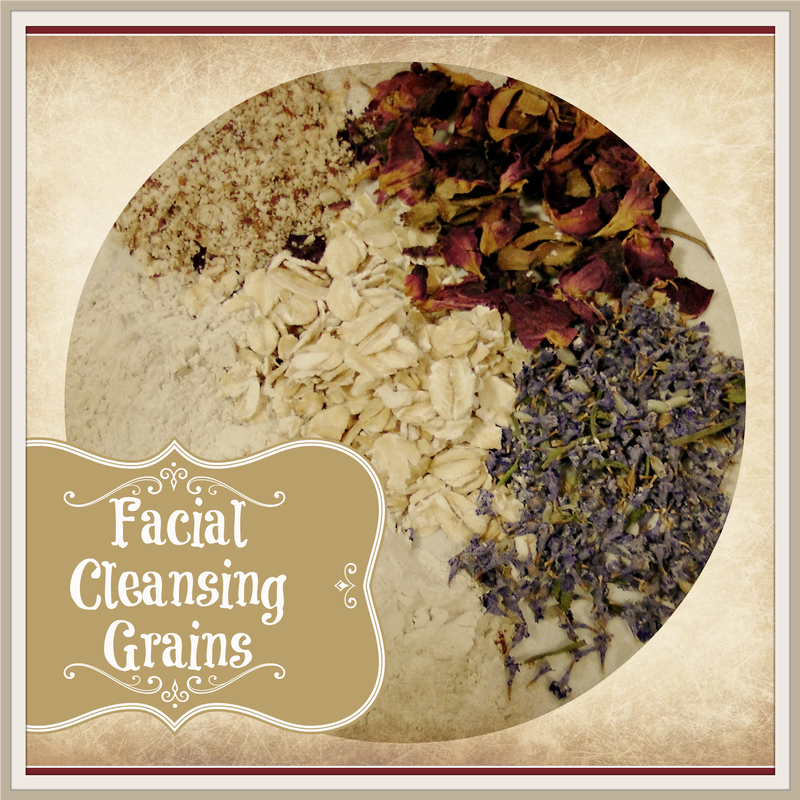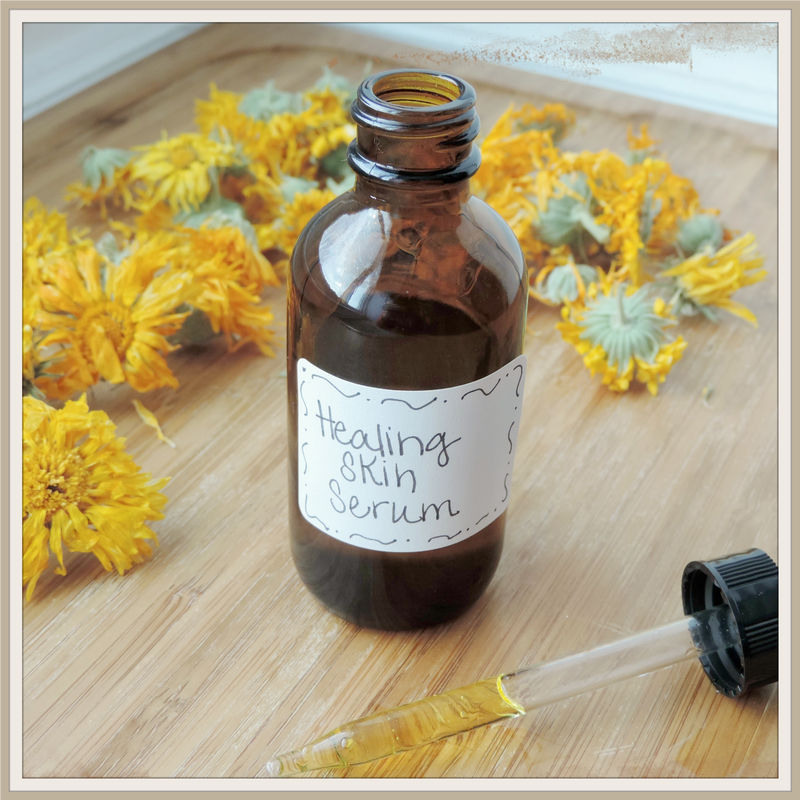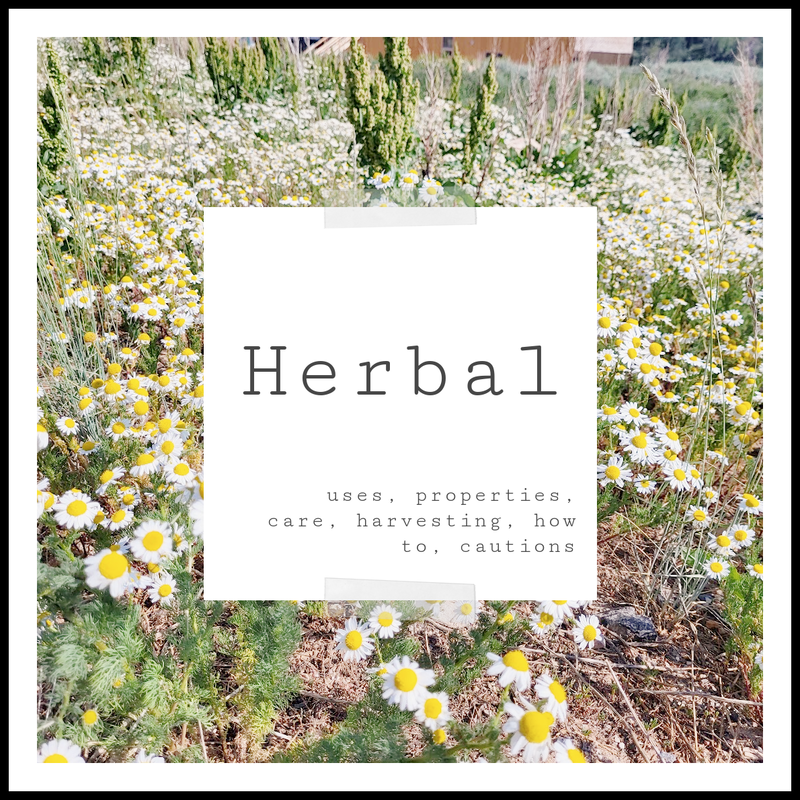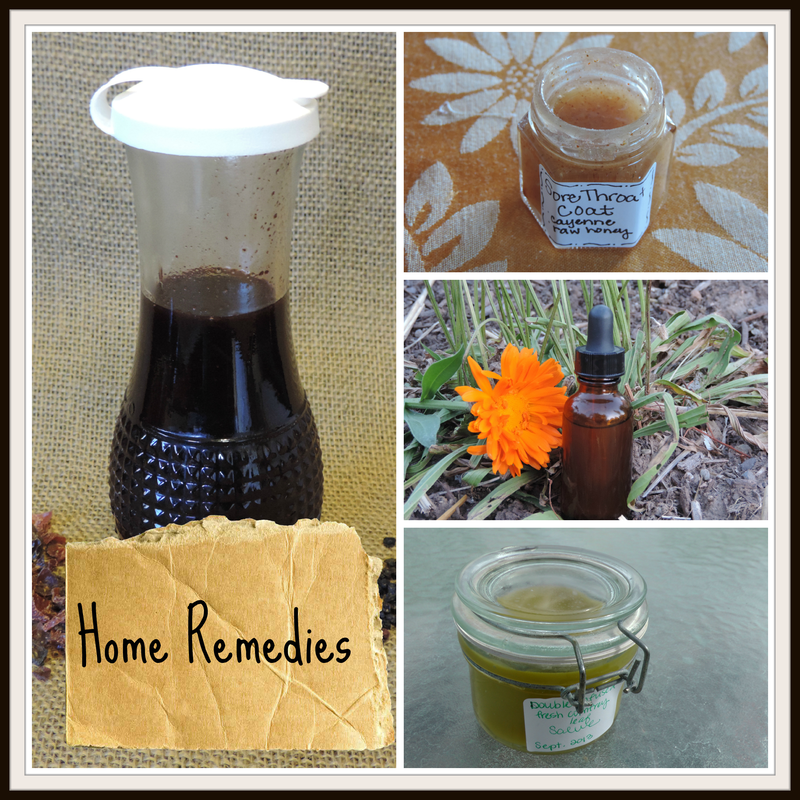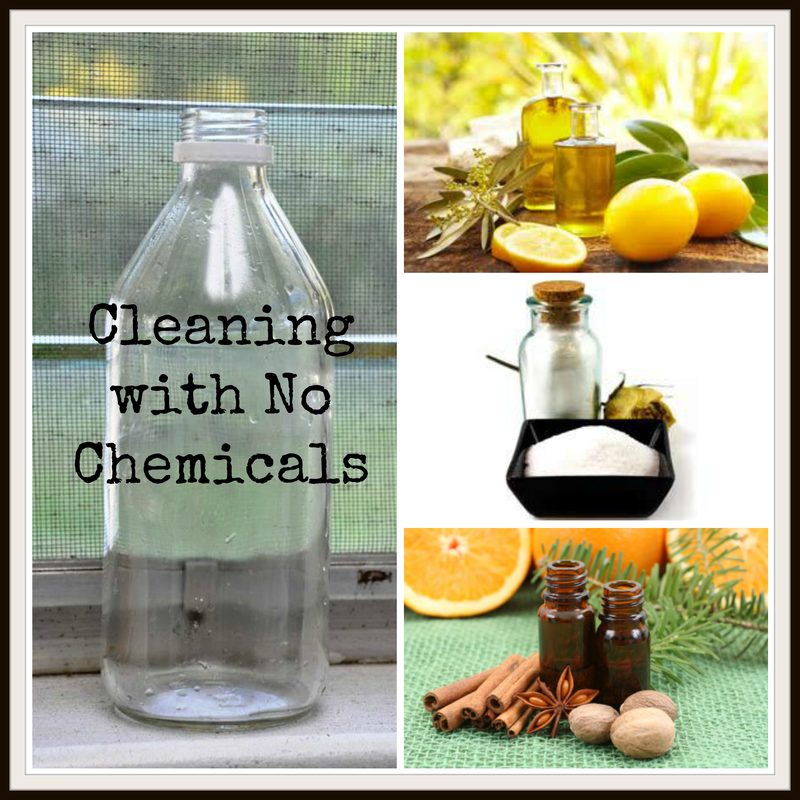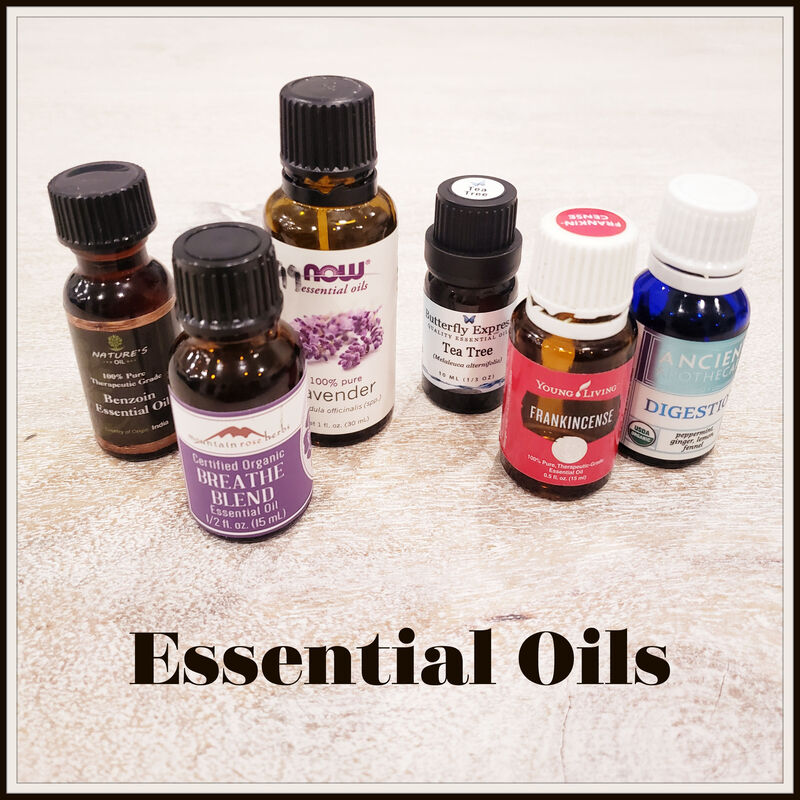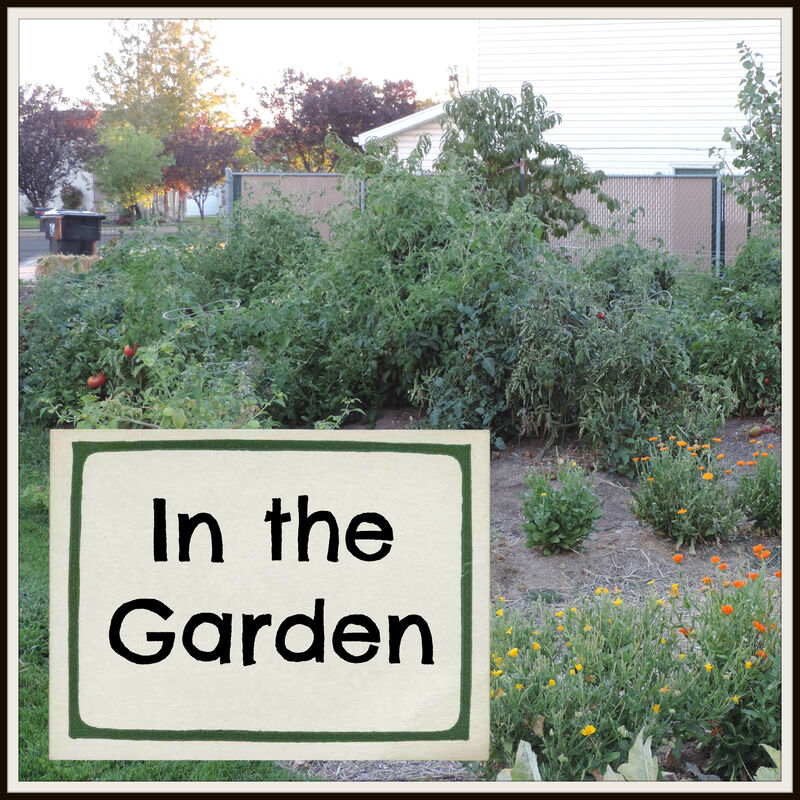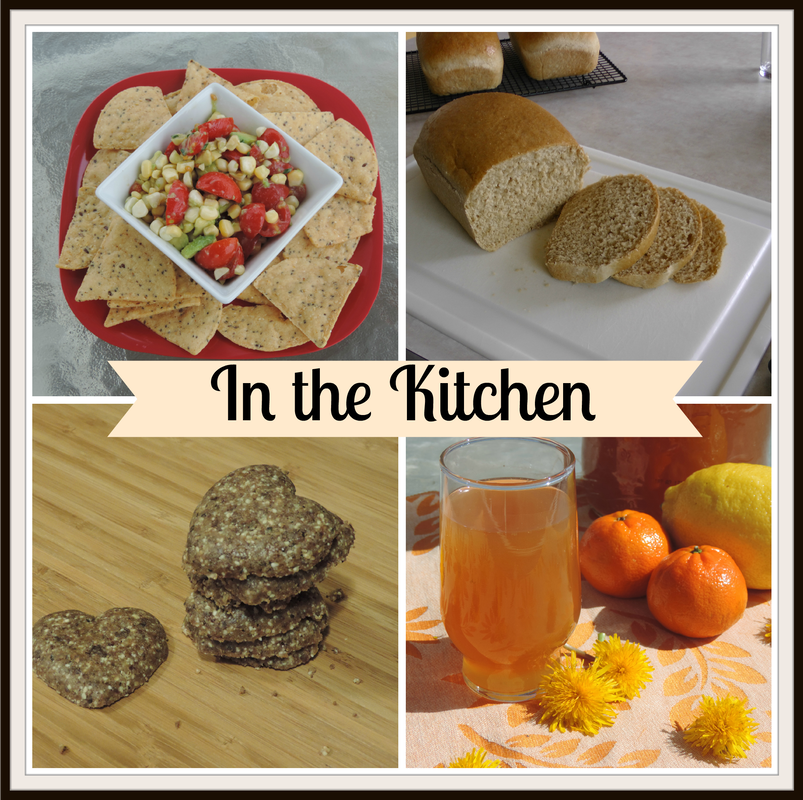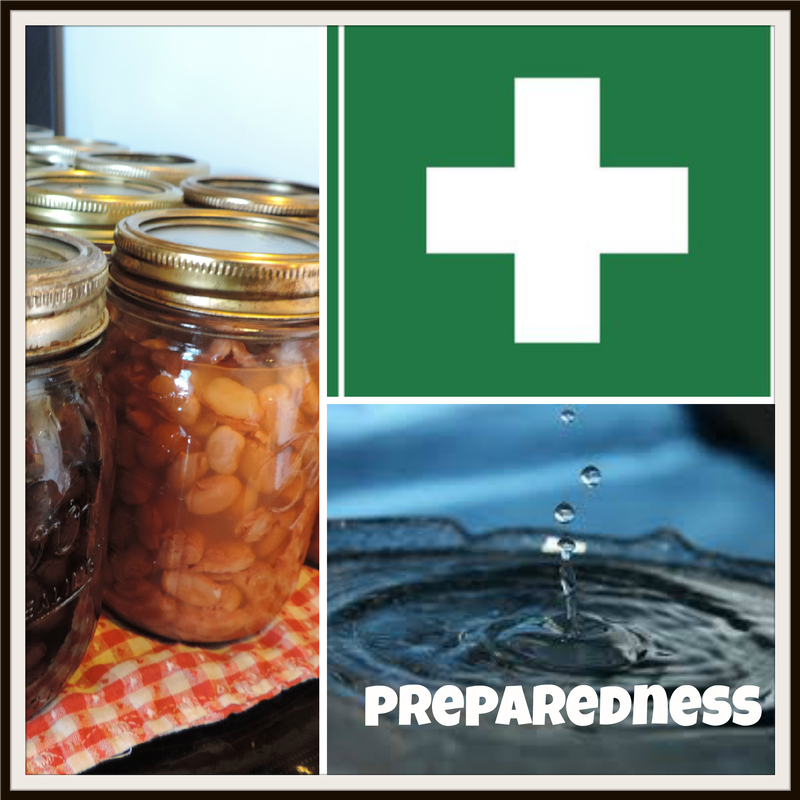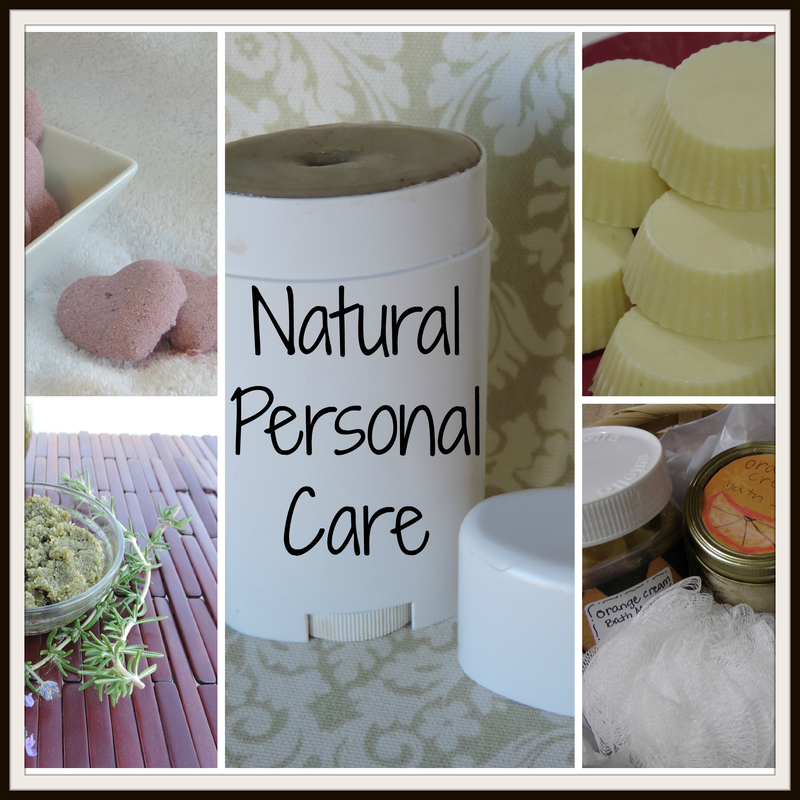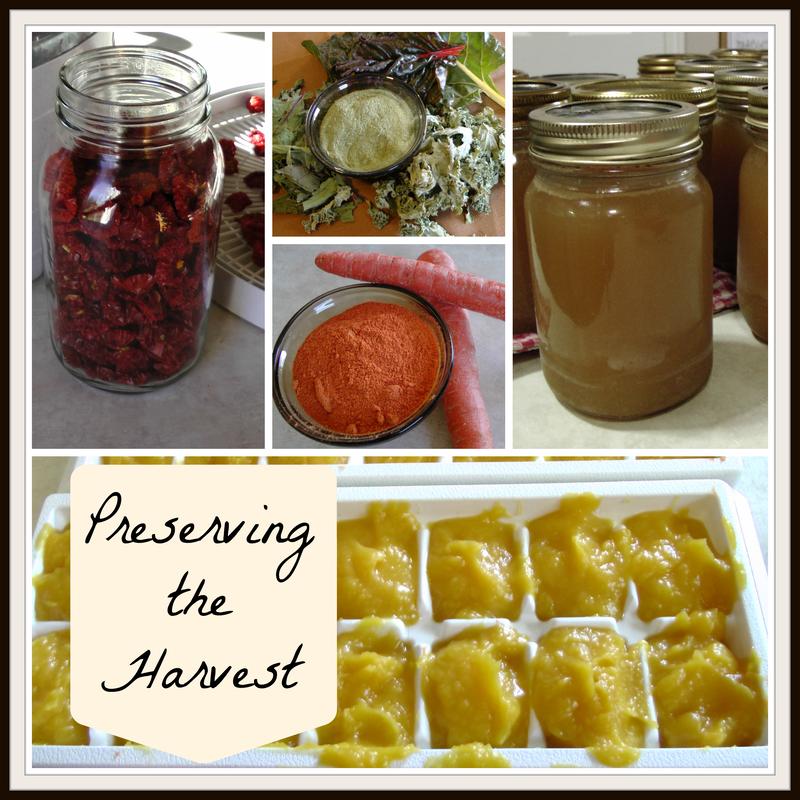Family: Rosaceae includes peach, apple, almond, strawberry.
Parts: Petals, flowers and fruits (hips)
Herbal Actions and Properties
| Rose Hips
| Rose Petals
|
Medicinal Uses
- High in Vitamin C, A, B, and K.
- Immune support and strength.
- Aids absorption of nutrients.
- Help fight infection and inflammation in the digestive tract.
- Assists in the elimination of waste through the urinary tract.
- Kidney tonic.
- Cough, cold, flu, fever, sore throat, sniffles, chest congestion, etc.
- Rose hips have many of the same properties as the petals.
- Sedative and calming qualities make it good for sleep issues.
- Hormone balancing and female tonic.
- Can help ease PMS symptoms such as headache, bleeding and irritability.
- Helps with depression, mood swings, broken heart and grief.
- Aids the body in cooling fevers, heat rash, sunburn and inflammation. (hydrosol, vinegar, toner or tea in a spray bottle or use a compress)
- Acne, boils, rashes, wrinkles, burns, scars, helps heal any type of skin condition.
- Shrink capillary redness and inflammation, good for thread and varicose veins and capillary damage.
- Mouth sores such as cankers (swish tea around mouth before swallowing).
- Helps with hemorrhoids (bath or spritz)
- Affinity for the skin so use away in personal care products such as toner, facial masks, creams, steams, etc.
Methods of Use
- Food:. chop both hips and petals and incorporate into salads, sandwiches and other foods. Hips can be made into jam, jelly, syrup and beverages.
- Tincture/glycerite/vinegar
- Tea
- Honey (makes a great face mask and ointment)
- Oil, salve, balm
- Powder or sprinkle
- Facial toner (soothes skin inflammation)
- Gargle (sore throat and mouth sores)
- Bath/foot soak
- Compress/fomentation
- Essential oil or hydrosol (rose water)
- Poultice (using the petals)
In the Garden/Wild Crafting
- Dig a hole 2 feet wide and deep enough to place the plant with the bud union 1-2" below soil level to protect from freezing.
- Rose petals can be gathered as they bloom during the summer months. Snip off the entire flower head to dry for future use or remove petals for immediate fresh use. If you want to harvest the hips in the fall don't cut the flower head.
- Rose hips are ready to harvest in the fall when they turn deep orange or red and begin to soften, usually after the first frost. Twist and pull or snip off hips. Cut in half and scoop out the seeds and "hair". Use fresh or dry for future use.
